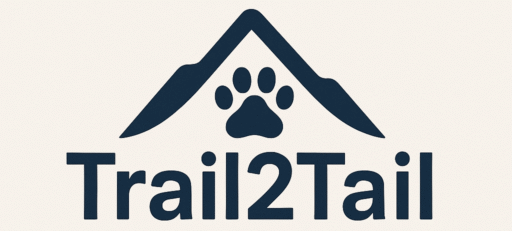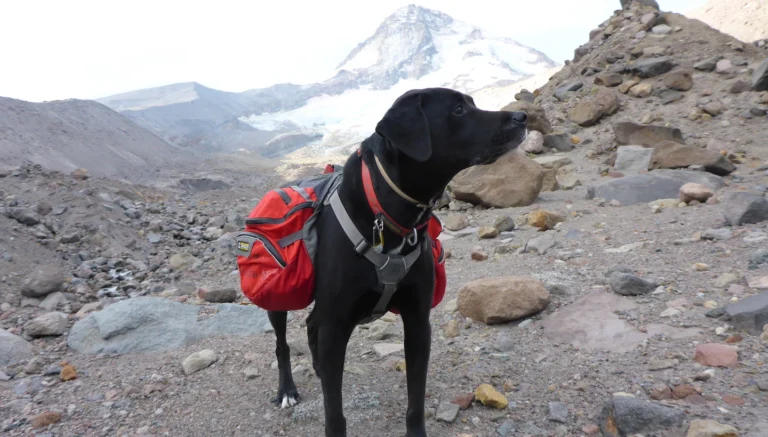It’s vital to recognize the signs that indicate your dog may be bored, as this can lead to unwanted behaviors and stress. By observing your pet’s tendencies, you can identify when it’s time for a change in routine. In this post, you will learn to spot five common indicators of boredom in your dog and discover how exciting adventures can rejuvenate their spirit, strengthen your bond, and enrich their life.
The Subtle Signs Your Dog Is Bored
Recognizing boredom in your dog often requires keen observation of their daily behavior. You might notice that your usually lively pup has lost enthusiasm for playtime, opting instead for long periods of lounging. Subtle changes like these can escalate if not addressed, leading to increased frustration or anxiety. Pay attention to their actions; seemingly minor changes can indicate they need more stimulation and adventure in their lives.
Uncharacteristic Behavior Changes
If your dog suddenly displays behavior that is out of character, such as increased vocalization or withdrawing from social interactions, boredom could be the underlying cause. Changes in their mood might manifest as excessive whining or retreating to a quiet corner, signaling they aren’t mentally or physically engaged. These shifts can quickly become problematic if left unaddressed.
Increased Destructive Habits
When boredom sets in, your dog may engage in destructive behaviors as a way to cope with their lack of stimulation. Chewing on furniture, digging holes in the yard, or tearing up household items are common signs that your pup is seeking some form of entertainment. This can lead to significant damage around your home and indicate a deeper need for mental and physical challenges.
Destructive habits often arise when dogs are left alone for extended periods or don’t receive adequate exercise and mental engagement. A bored dog might chew through shoes, shred cushions, or dig in the garden, all in an attempt to amuse themselves. According to a study, nearly 60% of pet owners report that their dogs exhibit destructive behaviors due to boredom. Implementing regular adventure outings, interactive toys, and training sessions can mitigate these behaviors and channel your dog’s energy in a positive direction.
The Psychological Impact of Boredom on Dogs
Boredom is not just a minor inconvenience for your dog; it can lead to significant psychological issues. Dogs, being highly intelligent and social animals, thrive on mental engagement and stimulation. Without it, they may experience increased anxiety, leading to destructive behaviors or excessive barking. A bored dog can exhibit signs of stress that affect their overall well-being, making it imperative to recognize and address these feelings before they escalate.
The Science of Canine Mental Stimulation
Mental stimulation is vital for your dog’s cognitive health, much like physical exercise is for their body. Studies show that enriched environments can enhance your dog’s problem-solving abilities and reduce anxiety. Engaging in activities such as puzzle toys, scent work, or training sessions stimulates different areas in their brain, resulting in improved mood and behavior.
Emotional and Behavioral Consequences
Prolonged boredom can lead to emotional distress, manifesting in various behavioral problems. Your dog might become overly attached, displaying clinginess or separation anxiety. Alternatively, they could turn restless and exhibit hyperactive behaviors, like excessive barking or digging. These actions not only strain your bond but can also lead to deeper psychological issues if left unaddressed.
The emotional and behavioral consequences of boredom can escalate into serious problems over time. For example, a dog that resorts to chewing furniture may be expressing underlying stress. One study revealed that dogs with insufficient mental engagement are three times more likely to develop behavior issues. Regular mental exercises like obedience training or interactive playtime can help mitigate these risks, ensuring your dog remains happy and well-adjusted.
Adventure Awaits: Why Outings Matter
Adding adventure to your dog’s routine can transform their mental state and overall well-being. Outings create opportunities for them to engage their senses, explore new environments, and experience different stimuli. This variety not only alleviates boredom but also deepens the bond you share with your dog, elevating their happiness and vitality.
The Benefits of New Experiences
Providing your dog with new experiences encourages cognitive stimulation, which can enhance their problem-solving skills and adaptability. Engaging with varied environments promotes socialization and helps prevent fear-based behaviors. Each outing can also boost your dog’s confidence and serve as an opportunity for positive reinforcement, strengthening your relationship.
Exploration vs. Routine: A Comparative Analysis
Routine often leads to stagnation, while exploration fuels curiosity and engagement. Dogs thrive on new experiences that challenge their senses—visiting a park with different smells or meeting new canine friends can radically shift their mood. Unlike the mundanity of habitual walks, spontaneous adventures can invigorate your dog’s spirit.
Exploration vs. Routine: A Comparative Analysis
| Aspect | Exploration |
|---|---|
| Engagement | High – stimulates senses, curiosity |
| Socialization | Improves with varied interactions |
| Cognitive Stimulation | Challenges intellect, builds problem-solving |
| Behavioral Impact | Reduces anxiety, prevents destructive behavior |
| Physical Activity | Varied terrain leads to increased movement |
Dogs often find comfort in routines, but this can lead to disinterest and behavioral issues if not balanced with exploration. Engaging in adventures breaks the monotony and encourages physical and mental activity. Varied environments present new challenges that keep your dog alert and engaged, contrasting with the predictability of daily walks. Exploring diverse locations can also foster social interactions that enrich your dog’s life, enhancing their overall psychological well-being.
Practical Adventures: Engaging Activities for Your Dog
Engaging your dog in practical adventures can significantly curb boredom and strengthen your bond. Activities that stimulate both the mind and body are imperative for your dog’s overall well-being. From exploring nature to interactive games at home, incorporating these adventures into your routine can help keep your furry friend entertained and happy.
Nature Walks and Hiking Trails
Exploring nature through walks and hikes offers your dog an array of scents, sounds, and sights to ignite their curiosity. Choosing trails with varied terrains allows your dog to engage their natural instincts, providing both physical exercise and mental stimulation. You can select locations that are dog-friendly and allow off-leash opportunities, enhancing the adventure even more.
Interactive Play and Training Sessions
Interactive play and training sessions provide an excellent outlet for your dog’s energy and intelligence. Incorporating games like fetch, tug-of-war, and puzzle toys can be both entertaining and mentally stimulating. Training can include obedience commands or agility courses, which promote focus and discipline while deepening your connection. Tailoring activities to fit your dog’s interests keeps them engaged and fulfilled.
Incorporating interactive play and training into your routine elevates your dog’s physical and mental health. Activities such as hide-and-seek with treats or advanced training sessions not only stimulate their mind but also teach valuable skills. Real-life examples show that dogs who participate in regular training exercises exhibit lower stress levels and more positive behaviors, proving that mental challenges can lead to happier, well-adjusted pets.
Create a Tailored Adventure Plan
Designing an adventure plan tailored to your dog’s needs can transform their daily routine. Consider their unique interests, preferred activities, and energy levels to create engaging experiences that keep them engaged and happy. This personalized approach ensures your dog receives the right stimulus and exercise, enhancing their physical and mental well-being while nurturing your bond.
Assessing Your Dog’s Interests and Energy Levels
Evaluating your dog’s preferences is vital for crafting the right adventure plan. Observe activities that excite your dog, such as fetching, hiking, or swimming. Noting their energy levels also helps; active breeds like Border Collies may require different adventure types compared to more laid-back breeds like Bulldogs. Understanding these factors will allow you to create a diverse schedule that caters to their needs.
Scheduling Regular Adventure Days
Establishing a consistent routine for adventure days not only benefits your dog’s mood but also enhances their overall health. Aim for at least one dedicated adventure day each week, integrating varied activities to maintain excitement. Include short hikes, trips to the dog park, or interactive playtime in your backyard, ensuring you mix high-energy days with calmer experiences to balance excitement with relaxation.
To wrap up
The signs of boredom in your dog can be subtle yet impactful on their well-being. By recognizing behaviors such as excessive barking, destructive chewing, or lethargy, you can take proactive steps to enhance their quality of life. Engaging your dog in exciting adventures not only alleviates boredom but also strengthens your bond. Whether it’s a new walking route, interactive playtime, or exploring dog-friendly locations, these activities can invigorate your dog’s spirit and keep them healthy, happy, and mentally stimulated.






